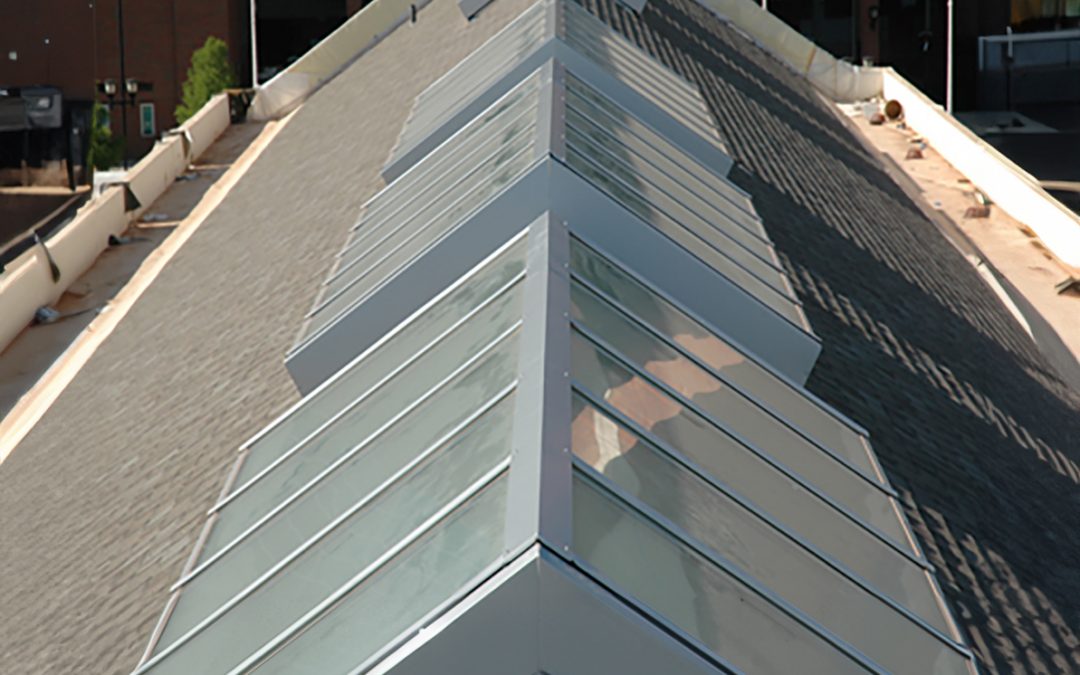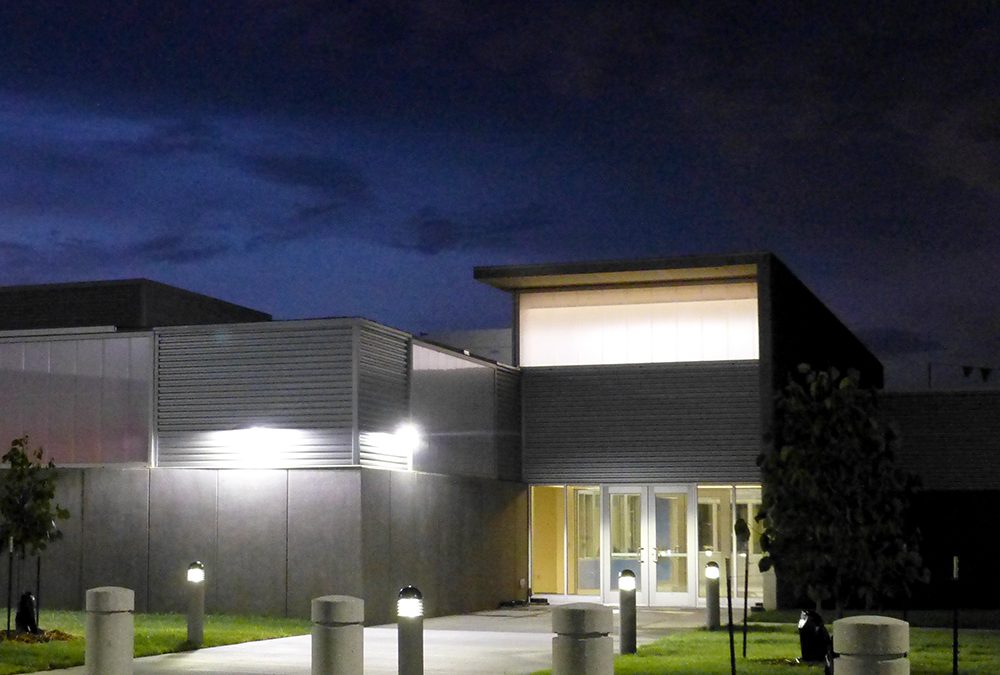Designing with Glass: 5 Architectural Considerations

Beyond appearance and energy efficiency, it is important to ensure that the design of the glass and the structure meet building codes.
Performance requirements:
It is important to carefully consider the performance requirements of the glass in the specific application, such as energy efficiency, safety, sound control, and privacy. Different types of glass have different properties that make them more or less suitable for different applications, and it is important to select the right type of glass to meet the specific needs of the project.
For example, Low-E glass is highly energy efficient and is commonly used for skylights. The glass is coated with a thin layer of metallic oxide to help control the amount of heat that passes through. Reflective glass also cuts down on heat gain with a reflective layer added to the glass. Reflective glass has the added benefit of reducing glare so it’s often used in commercial buildings.
Overhead glass also brings with it safety and liability concerns. Laminated glass is made to reduce liability by using an added layer of plastic sandwiched between two sheets of glass.
In dual-pane applications, laminated glass is used as the inner, human-facing side to reduce glass particles if broken.
Building codes and standards:
The relevant building codes and standards vary from one area to another. These dictate the use of glass in buildings, including codes related to energy efficiency, safety, and accessibility. A skylight in Colorado, for example, will need to be supported with structural members that allow the unit to withstand loads of snow. It is important to ensure that the design of the glass and the structure combined meets these requirements.
Structural considerations:
Although building codes may dictate the structural support of the glass, it’s also important to consider the structural properties of the glass itself. This may include the size and thickness of the glass.
Durability and maintenance:
Glass can be a durable and low-maintenance material, but it is important to consider the long-term durability and maintenance requirements of the glass in the design. This may include selecting glazing materials that are resistant to fading, scratching, or other forms of damage, as well as designing the glass to be easily cleaned and maintained. Today it’s common to use dual pane glass which, if poorly manufactured, can begin to fog up or lose energy efficiency.
Aesthetics:
Glass can be a visually striking material, and it is important to consider the aesthetic impact of the glass in the design. This may include selecting glass with a specific color, finish, or pattern, or using the glass to create a specific visual effect. For example, if privacy is a concern you might choose acid-etched glass.
Overall, it is important to carefully consider these and other factors when designing overhead structures with glass to ensure that the glass is suitable for the specific application, the structural support is appropriate and the glass meets the necessary code requirements.
More From This Category

The 4 Types of Ridge Skylights
Four types of ridge skylightsRidge skylights combine aesthetic appeal with functional...

Why Businesses Are Choosing Reglazing for Skylights and Glazed Structures
Rather than entirely replacing skylights or glazed structures, reglazing just the IGUs provides...

Polycarbonate clerestories are shedding new light on energy-efficient daylighting.
Polycarbonate provides translucent brilliance in filtering natural lightA clerestory is an...

